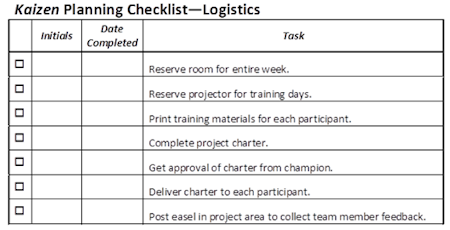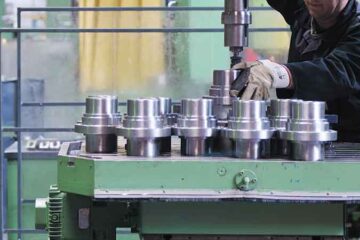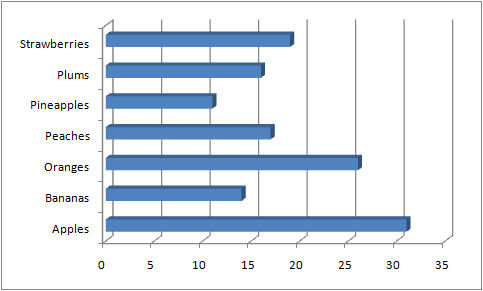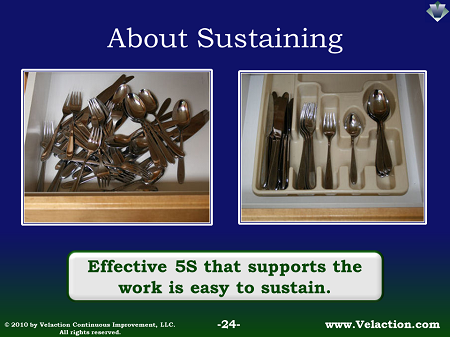Lean Terms
Checklists
Checklists are in rather common use and the general concept of their use is understood by most. But they are commonly misused and there are multiple potential pitfalls with this type of standardization tool. Some checklists require the steps to be completed in a precise sequence; others, like a checklist Read more…







